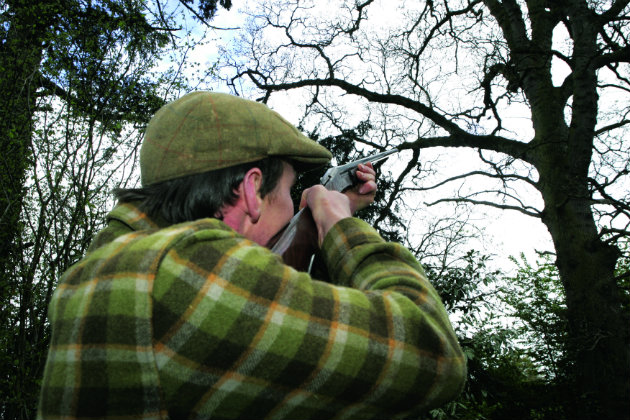INCREASE IN WATER DEER
A) These interesting deer have indeed spread from their original release sites in Bedfordshire and are now found in Norfolk, Cambridgeshire, Buckinghamshire and adjacent counties. There have also been other escapes and releases elsewhere. Dr Arnold Cooke, an expert on the species, believes the present UK population to be about 2,000. They may represent as much as 20 per cent of the world total as they are becoming rare in their native China. Their spread has been slow, possibly due to their habitat requirements or the muntjac being a more aggressive and successful competitor.
The tusks, which fold away for feeding, make an unusual trophy. At present it does not appear that the bucks are being hit too hard. No doubt, like roe, the species would continue to have a successful rut even if a short supply of males meant a degree of sharing, so the population would be maintained even if the sex ratio became unbalanced.
Many people assume that because the buck does not grow antlers it is a very primitive species, but Dr Cooke suggests the contrary. Chinese water deer are closely related to roe. They have lost their antlers and evolved tusks instead.
The present situation does not require extreme action in either direction. As a colony expands, the native aggression of bucks forces surplus animals on to farmland where they are very obvious and possibly unwelcome, inviting an increased cull. On the other hand, the demand for trophy tusks gives them a value, which helps to mitigate against an increased cull.








